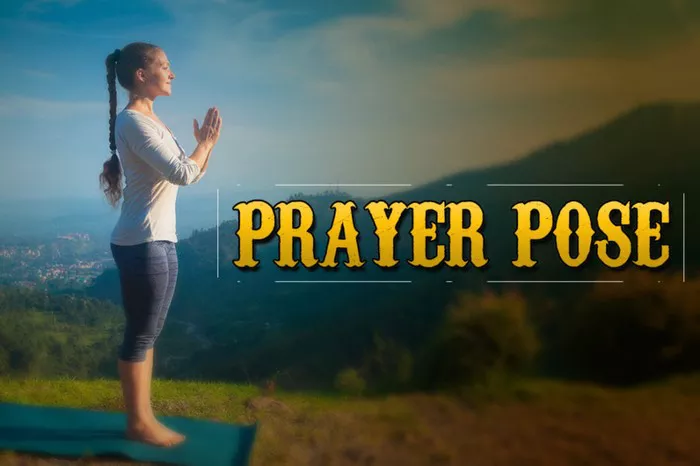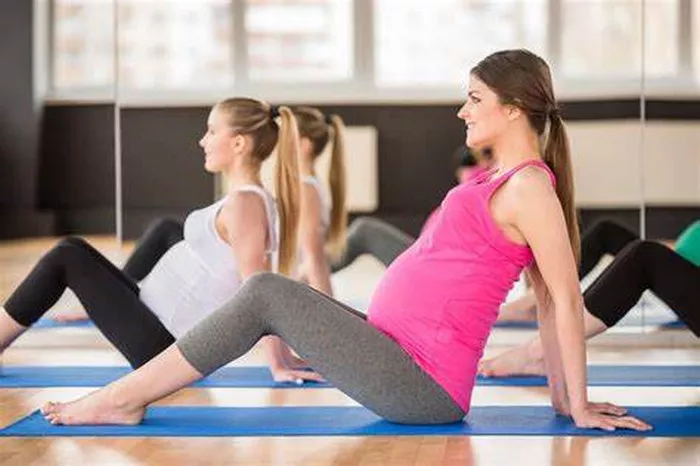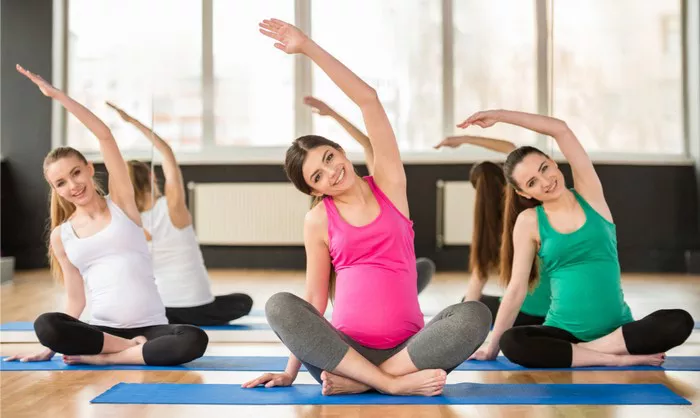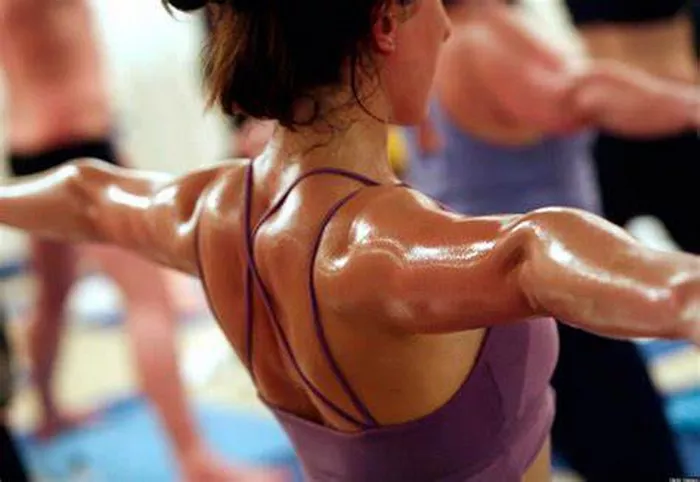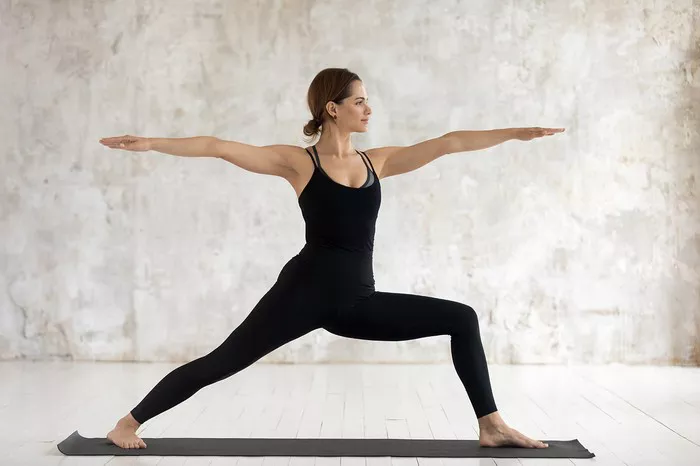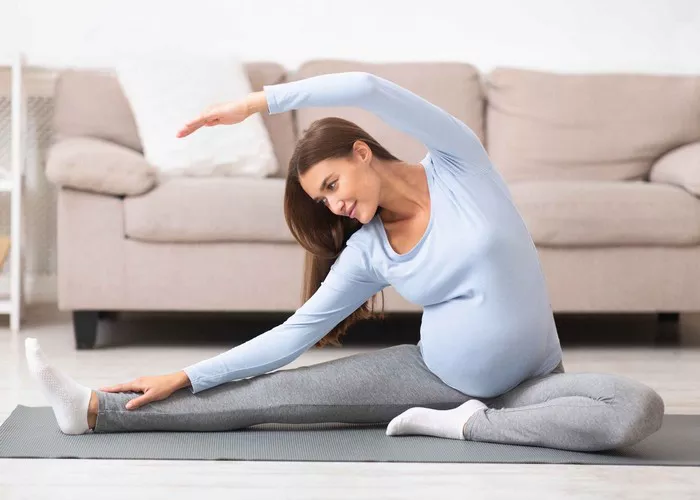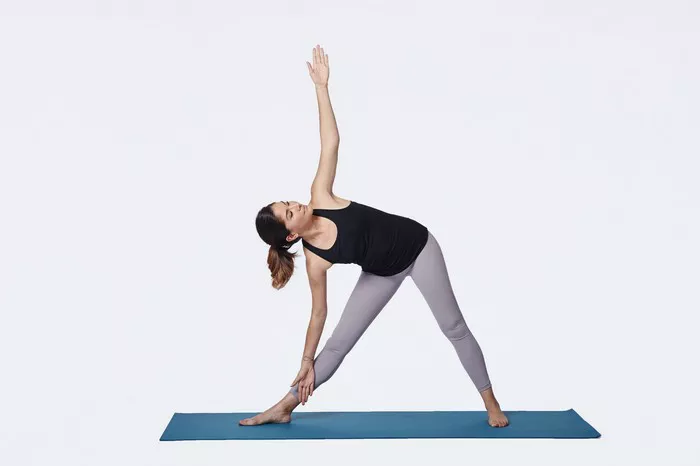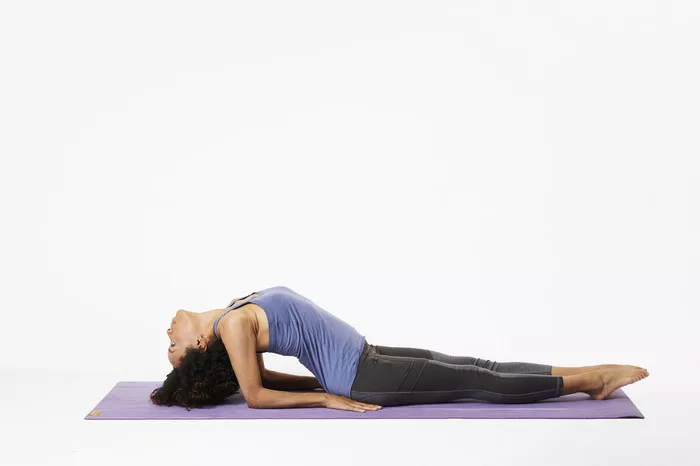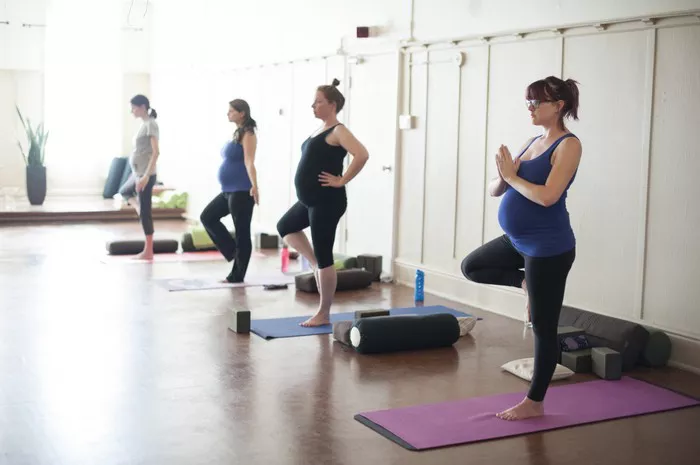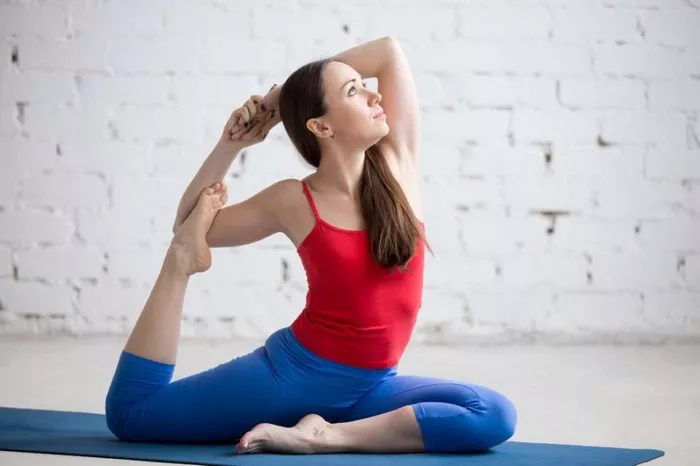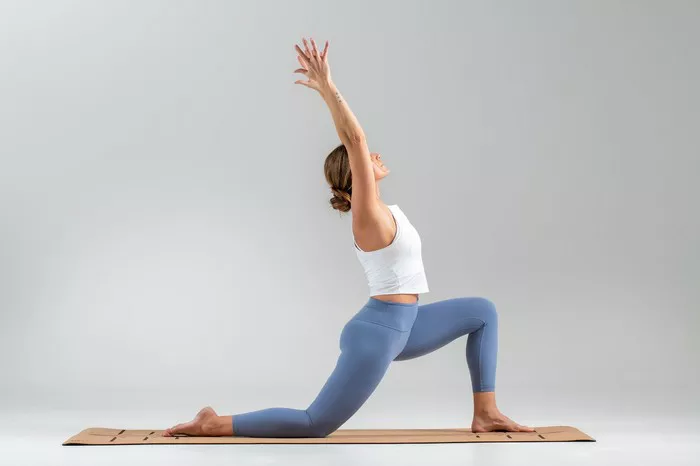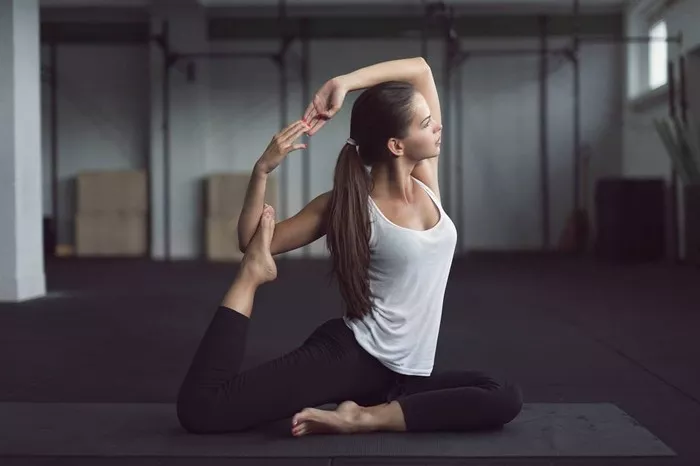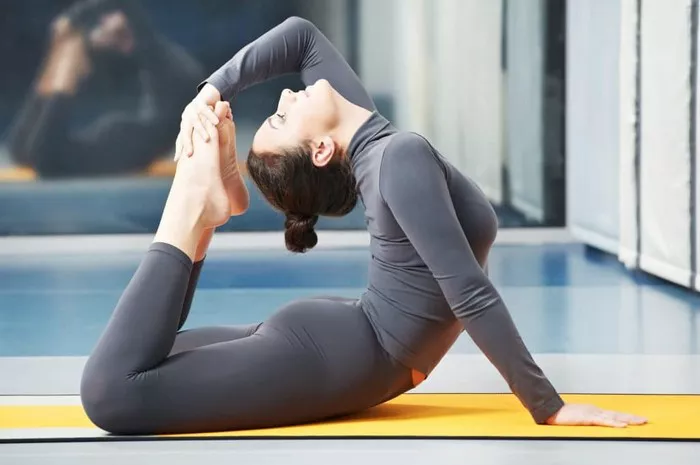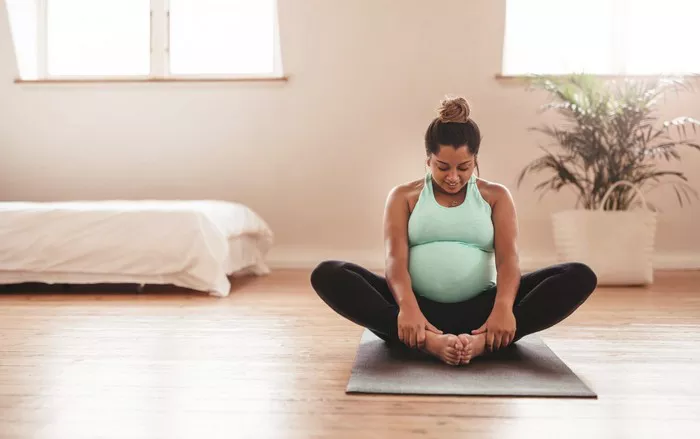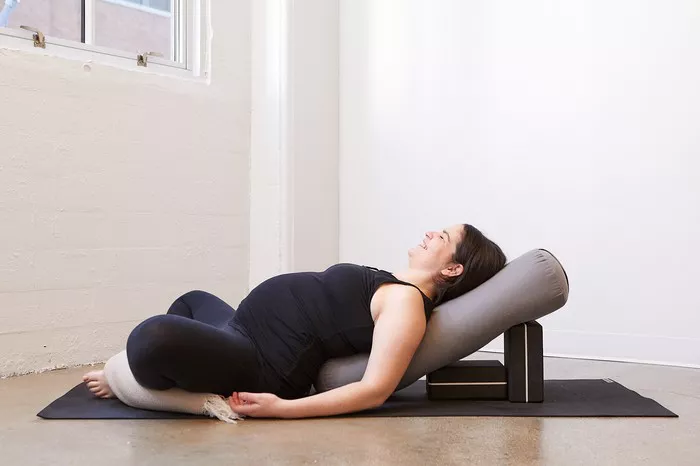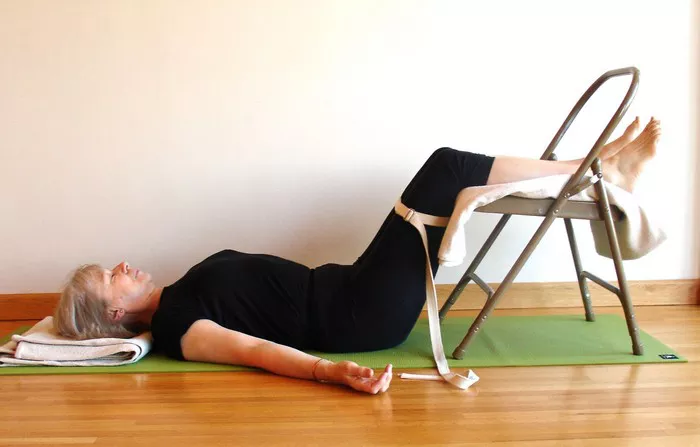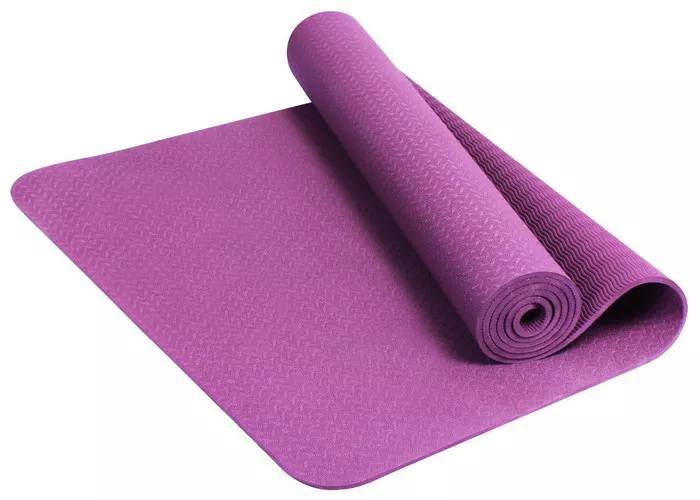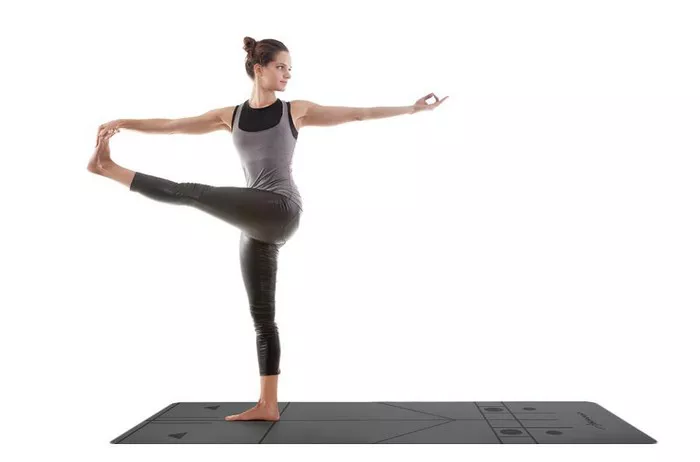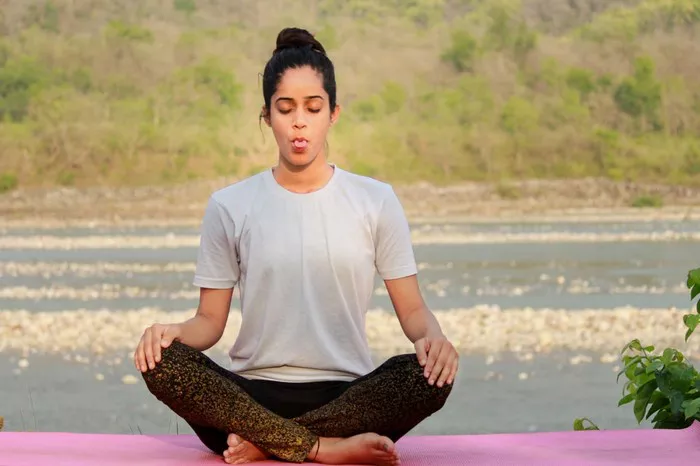Origins and Symbolism
Yoga, an ancient practice originating in India, encompasses a myriad of poses, each with its unique symbolism and benefits. Among these, the Prayer Pose, also known as Pranamasana, holds a significant place. Its roots can be traced back to the traditional Indian greeting, Namaste, which signifies the acknowledgment of the divine spark within oneself and others. The gesture of joining hands at the heart center in Pranamasana embodies reverence, humility, and gratitude. It symbolizes the union of mind, body, and spirit, aligning practitioners with the higher self and fostering a sense of connection with the universe.
Physical and Mental Benefits
Prayer Pose offers a plethora of physical and mental benefits that contribute to overall well-being. From a physical perspective, the pose helps in improving posture by elongating the spine and opening the chest. It also strengthens the arms, wrists, and shoulders, enhancing upper body endurance and stability. Regular practice of Pranamasana can alleviate tension in the neck and shoulders, making it an excellent antidote to the strains of modern-day sedentary lifestyles.
On a mental and emotional level, the Prayer Pose promotes inner calmness and tranquility. The act of bringing palms together at the heart center encourages mindfulness and introspection, calming the mind and reducing stress and anxiety. It cultivates a sense of inner harmony and balance, fostering mental clarity and emotional resilience. Additionally, Pranamasana stimulates the Anahata (heart) chakra, facilitating emotional healing and promoting feelings of love, compassion, and empathy.
Variations and Modifications
While Pranamasana may seem simple at first glance, there are numerous variations and modifications that cater to practitioners of all levels and physical abilities. One variation involves extending the arms overhead in a gentle backbend, known as Urdhva Hastasana or Upward Salute, which intensifies the stretch in the shoulders and chest. Another variation is the inclusion of a slight forward bend, Uttanasana or Standing Forward Bend, which enhances the stretch in the hamstrings and lower back while promoting relaxation.
For those with wrist or shoulder injuries, modifications such as placing the hands on the hips or clasping the elbows behind the back can provide a gentler alternative while still reaping the benefits of the pose. Additionally, using props like yoga blocks or a wall for support can help maintain proper alignment and prevent strain or injury. It’s essential to listen to your body and honor its limitations, modifying the pose as needed to ensure a safe and comfortable practice.
Step-by-Step Instructions
Prayer Pose can be practiced anywhere, anytime, making it an accessible and versatile addition to your yoga routine. Follow these step-by-step instructions to master the pose:
- Begin standing tall in Mountain Pose (Tadasana), with your feet hip-width apart and arms relaxed by your sides.
- Take a moment to ground yourself, rooting down through your feet and lengthening up through the crown of your head.
- Inhale deeply as you bring your palms together in front of your heart center, fingers pointing upward, and elbows gently pressing outwards.
- Exhale as you engage your core muscles and gently press the palms together, creating a slight resistance.
- Relax your shoulders down away from your ears, keeping the chest open and the spine elongated.
- Hold the pose for 3-5 breaths, breathing deeply and evenly.
- To release, exhale as you slowly lower your hands back down by your sides, returning to Mountain Pose.
Precautions and Contraindications
While Prayer Pose is generally safe for most individuals, there are certain precautions and contraindications to be aware of:
1. Wrist or Shoulder Injuries: If you have a wrist or shoulder injury, proceed with caution and consider using modifications to avoid exacerbating any discomfort.
2. Low Blood Pressure: If you have low blood pressure, be mindful when transitioning from standing to seated positions to prevent dizziness or lightheadedness.
3. Pregnancy: Pregnant individuals should avoid deep backbends and forward bends, opting for a modified version of Prayer Pose with feet hip-width apart for stability.
4. Recent Surgery: If you have undergone recent surgery, particularly in the wrists, shoulders, or spine, consult with your healthcare provider before practicing Pranamasana.
5. Neck or Spinal Issues: Individuals with neck or spinal issues should avoid excessive strain and focus on maintaining a neutral alignment of the cervical spine throughout the pose.
As with any yoga practice, it’s essential to listen to your body and honor its unique needs and limitations. If you experience any pain or discomfort during Pranamasana, ease out of the pose gently and seek guidance from a qualified yoga instructor or healthcare professional.
Conclusion
In conclusion, Prayer Pose serves as a powerful reminder of the interconnectedness of mind, body, and spirit. By incorporating this simple yet profound gesture into your yoga practice, you can cultivate a deeper sense of presence, gratitude, and inner peace, both on and off the mat. Embrace the transformative power of Pranamasana and embark on a journey of self-discovery and holistic well-being.
FAQs:
What are the benefits of reverse prayer pose?
Reverse Prayer Pose, also known as Paschima Namaskarasana, offers several benefits for the body and mind. This pose stretches the wrists, forearms, and shoulders, promoting flexibility and mobility in these areas. It also opens the chest and shoulders, improving posture and relieving tension accumulated from sedentary activities. Additionally, Reverse Prayer Pose stimulates the Anahata (heart) chakra, fostering feelings of love, compassion, and emotional balance. Regular practice of this pose can enhance upper body strength and flexibility while promoting a sense of inner calmness and tranquility.
What is the Anjali Mudra prayer pose?
Anjali Mudra is a traditional hand gesture commonly used in yoga as a form of greeting or salutation. It involves pressing the palms together at the heart center, fingers pointing upward, in a gesture of reverence and respect. This simple yet powerful mudra symbolizes the union of opposites—such as the individual self with the universal consciousness—and acknowledges the divine spark within oneself and others. Anjali Mudra is often accompanied by the verbal greeting “Namaste,” which translates to “I bow to the divine in you,” further emphasizing the spiritual connection and unity shared among all beings.

